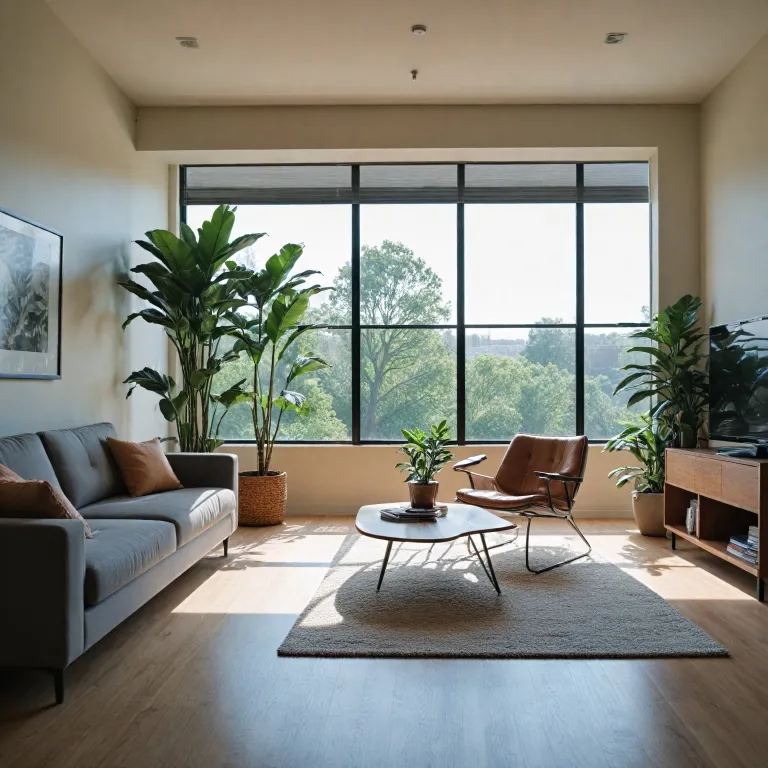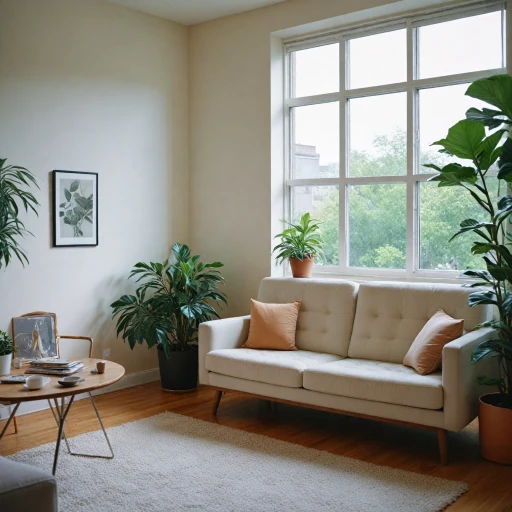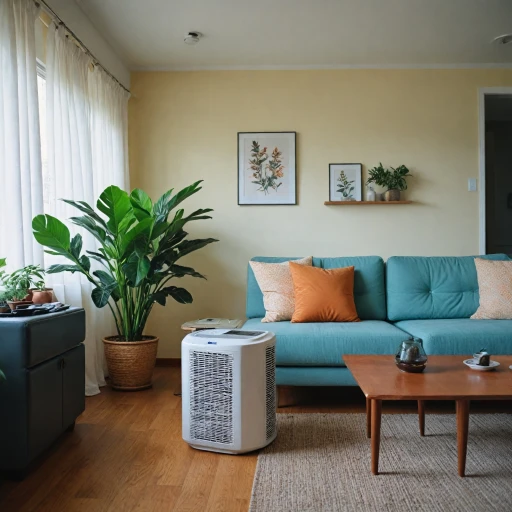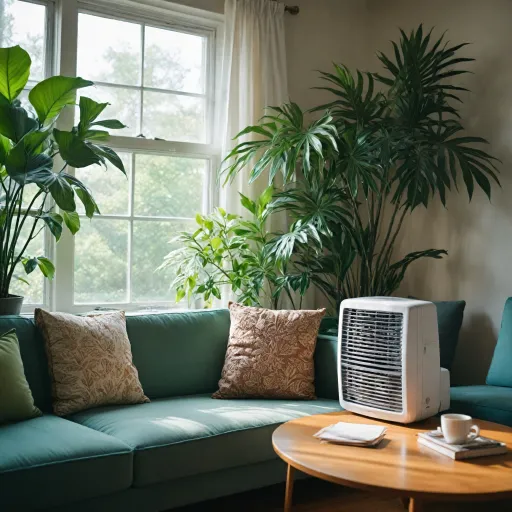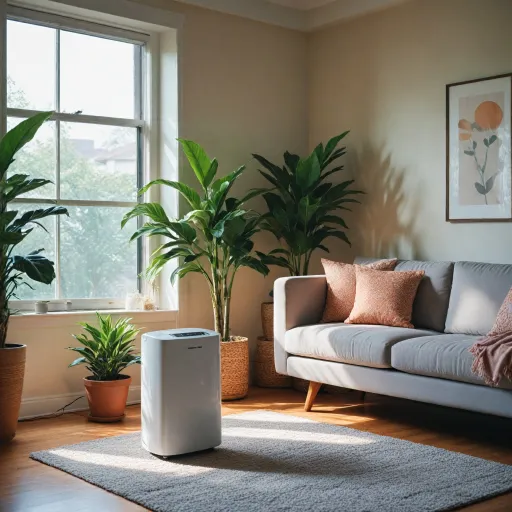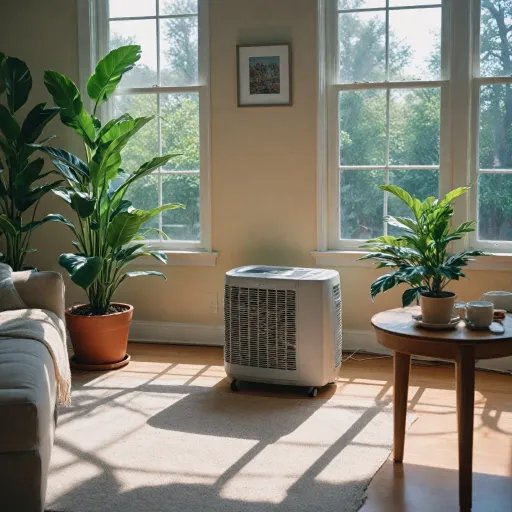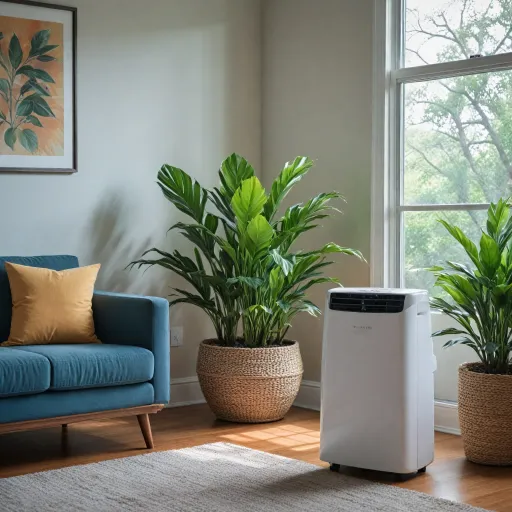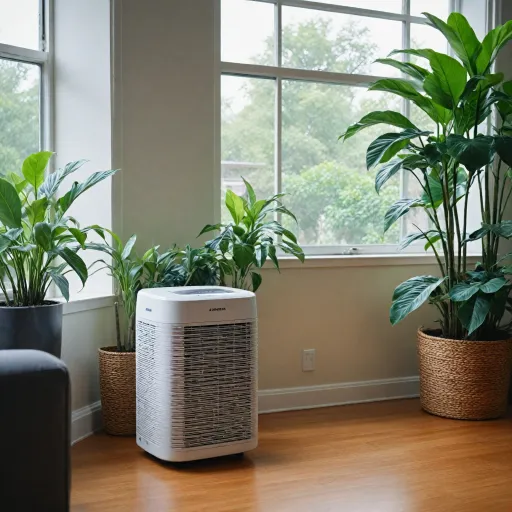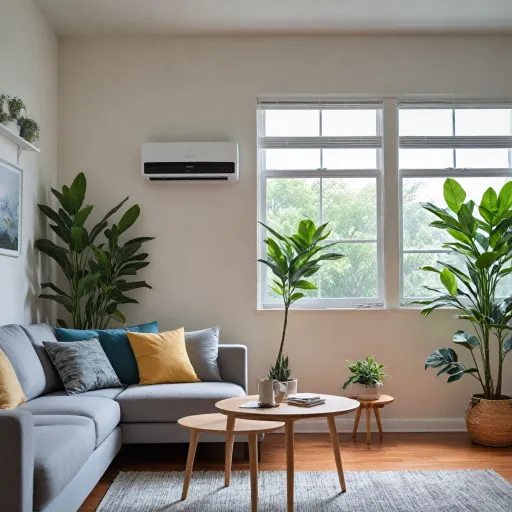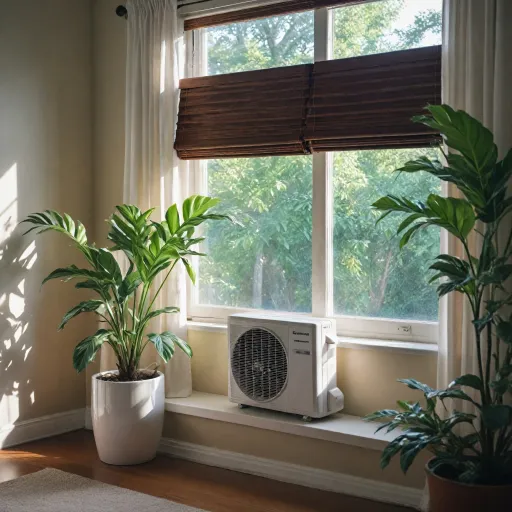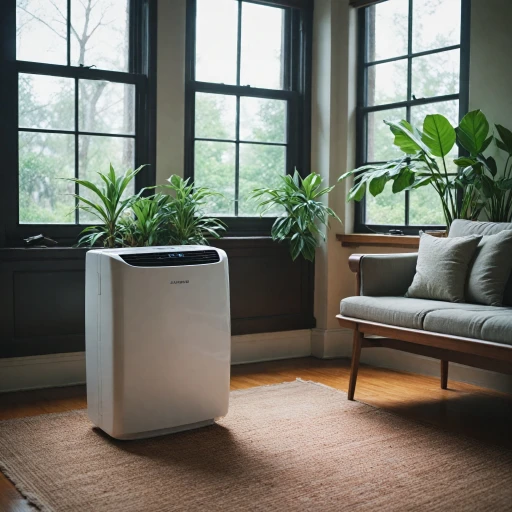
How Water-Cooled AC Units Work
Unraveling the Mechanics of Water-Cooled AC Systems
Water-cooled air conditioning systems are distinct from their traditional air-cooled counterparts due to their reliance on water to disperse heat. This fundamental divergence in design holds the key to understanding how these systems maintain desired temperatures. Within a water-cooled AC unit, the process begins with the refrigerant. Much like standard air conditioning units, a refrigerant is used to absorb indoor heat. Once absorbed, this heat is transferred to water, rather than air. The ability of water to retain heat prowess as a medium enables these units to efficiently transfer heat, a process known as heat transfer. The cooled system then utilizes a network of pipes, often involving an inner tube, to channel this heat-laden water away. What truly sets these units apart is their use of a cooling tower, which facilitates the cooling of water so it can be recycled back into the system to continue the cooling cycle. By removing heat through cooled water, these air conditioners offer a unique approach that also potentially reduces energy consumption, enhancing energy efficiency. It's essential to ensure that your water supply system is robust enough to support this continuous exchange of water, which plays a pivotal role in maintaining the efficiency of the system. For those interested in delving deeper into technical specifics related to portable air conditioners, understanding the right cable gauge can be essential, especially if considering the setup from scratch. Read more about understanding the right cable gauge for your portable air conditioner.Advantages of Water-Cooled AC Units
Why Water-Cooled AC Systems Outperform Traditional Air-Cooled Units
Water-cooled air conditioning systems offer a number of advantages that often place them above air-cooled alternatives. These advantages greatly influence their energy efficiency and the effectiveness of cooling whether it’s in a large facility or a portable unit.- Superior Heat Transfer Capability: The key attribute of water-cooled systems lies in their ability to transfer heat more efficiently. Water is a more effective heat transfer medium than air, which allows water-cooled units to absorb excess heat more rapidly and maintain the desired temperature levels.
- Increased Energy Efficiency: With better heat transfer, water-cooled air conditioners tend to consume less energy compared to traditional air-cooled systems. This results in lower energy bills and a reduced environmental footprint, making them a sustainable option in the long run.
- Quiet Operations: Water-cooled units often operate more quietly than air-cooled conditioners. This is particularly beneficial in settings where noise can be a disturbance, enhancing comfort and increasing productivity.
- Compact and Versatile Design: Unlike air-cooled units, which often require substantial space for heat dissipation, water-cooled air conditioning systems can be more compact in design. This makes them ideal for both portable applications and for installations where space is at a premium.
Challenges and Considerations
Overcoming Design Flaws and Water Use
While water-cooled air conditioner units present noteworthy benefits, they also come with certain challenges and considerations that require attention. One such challenge lies in their water use. Unlike traditional air systems that rely solely on air to cool down refrigerants, water-cooled units need a continuous water supply. This dependency on water can raise concerns, especially in areas where water is scarce or expensive. Proper water management and efficiency are vital to maintaining both eco-friendliness and cost-effectiveness.
Ensuring Maintenance and Infrastructure Compatibility
When integrating a water system into existing infrastructure, considerations must be made regarding compatibility with the existing cooling tower and plumbing systems. Ensuring that the current setup can support water-cooled systems without significant upgrades is imperative. Additionally, regular maintenance of heat exchangers and other components is crucial to sustain optimal performance and prevent potential leaks of the refrigerant. This often requires specialists familiar with the specific requirements of these cooling systems.
Addressing Initial Setup Costs and Energy Consumption
Another consideration is the initial setup cost, as water-cooled systems may require higher upfront investments compared to air-cooled alternatives. However, the energy efficiency and potential for reduced energy consumption over time can offset initial expenses. Evaluating long-term savings in energy and cooling efficiency is key when deciding between these systems. As such, individuals must weigh immediate costs against operational savings when choosing a cooling solution tailored to their needs.
Comparing Water-Cooled and Air-Cooled Units
Evaluating Water-Cooled and Air-Cooled Conditioning Systems
When contemplating which type of cooled system to implement for air conditioning, it’s important to weigh the strengths and limitations of both water-cooled and air-cooled air conditioners. Each system offers unique features and presents different considerations in terms of energy efficiency, cooling capabilities, and maintenance requirements.
One major distinction between the two systems lies in their heat transfer methods. Water-cooled units utilize water as a medium to dissipate heat, often involving a cooling tower system. The cooled water is circulated through an inner tube to absorb heat, resulting in efficient heat transfer and a steady supply of cooled air. In contrast, air-cooled systems rely mainly on air to cool the refrigerant within the unit.
- Energy Efficiency: Water-cooled air conditioners generally offer higher energy efficiency compared to their air-cooled counterparts. This advantage is because water has a higher thermal conductivity than air, allowing for more effective heat removal. This benefit can be advantageous in environments where energy consumption is a pivotal concern.
- Cooling Capacity: With superior heat removal capabilities, water-cooled units typically provide enhanced cooling capacity. This means they can be more effective in maintaining the desired temperature levels, especially in larger spaces or places with high heat loads.
- Installation Flexibility: Portable air-cooled systems are often simpler to install, requiring less infrastructure and predominantly air exposure. On the other hand, water-cooled systems demand a dedicated water supply and, often, a cooling tower setup, thus involving more complex installation processes.
- Maintenance Needs: In terms of maintenance, water-cooled systems require regular monitoring of the water supply and the effectiveness of heat exchange components. This is crucial to maintaining the reliability and efficiency of the unit. Meanwhile, air-cooled systems might involve more frequent maintenance on air filters and refrigerant checks.
When choosing between the two, consider your specific cooling demands, energy goals, and installation capability. The choice hinges on whether the enhanced energy efficiency and cooling capacity of water-cooled conditioners outweigh the straightforward installation and potentially lower initial cost of air-cooled units.
Choosing the Right Water-Cooled AC Unit
Factors to Consider When Selecting a Water-Cooled AC System
Selecting the right water-cooled air conditioning unit involves several key considerations to ensure optimal performance and efficiency. Whether you are upgrading your existing setup or exploring new options, here are essential factors to guide your decision-making process:- Energy Efficiency: Pay attention to the energy efficiency ratings of different air conditioners. Choosing more energy-efficient cooling systems can lead to significant savings on your electricity bill over time. Energy-efficient conditioners work by maximizing cool air output with minimal energy consumption.
- Cooling Capacity: It's crucial to match the cooling capacity of the unit to the size of the space. A portable air conditioner with adequate capacity ensures desired temperature control. Oversized units can lead to unnecessary energy use, while undersized systems may struggle to cool effectively.
- Water Supply Availability: Assess the availability of a water supply for the cooling tower or cooling shell. A consistent supply of water is essential for the heat transfer process in water-cooled systems, allowing the unit to function efficiently.
- Installation and Space Requirements: Consider the space available for the unit's installation. Water-cooled units may require more space than traditional air conditioning systems. Review any potential structural changes needed to accommodate the air conditioning components.
- Environmental Impact: Evaluate the environmental impact of the product, such as the refrigerant type and cooling tower system. Selecting a unit using environmentally friendly refrigerants can reduce your carbon footprint.
- Maintenance Needs: Proper maintenance is crucial for optimal performance and longevity of water-cooled conditioners. Understanding the maintenance needs of the inner tube and overall cooling systems can help prolong the life of the unit.
Maintenance Tips for Water-Cooled AC Units
Essential Maintenance Practices for Water-Cooled AC Units
Maintaining your water-cooled air conditioning system is crucial for ensuring its efficiency and longevity. Regular upkeep not only helps in sustaining the cooling performance but also minimizes energy consumption and prevents unexpected breakdowns. Here are some key maintenance tips to keep your unit in top shape:
- Regular Cleaning: Dust and debris can accumulate in the inner tube and shell of the unit, affecting heat transfer and cooling efficiency. Make sure to clean the filters and coils periodically to ensure smooth airflow and effective cooling.
- Check Water Supply: Since water-cooled systems rely on a steady water supply, it's essential to inspect the water lines for any leaks or blockages. This ensures that the cooling tower and other components function optimally.
- Inspect Refrigerant Levels: Proper refrigerant levels are vital for efficient cooling. Low refrigerant can lead to increased energy consumption and reduced cooling capacity. Have a professional check and refill the refrigerant if necessary.
- Monitor Temperature Settings: Adjusting the temperature settings appropriately can enhance energy efficiency. Avoid setting the temperature too low, as it can strain the unit and increase energy usage.
- Professional Servicing: Schedule regular professional maintenance to identify and address potential issues before they escalate. A professional can also provide insights into optimizing the performance of your water-cooled air conditioner.
By following these maintenance tips, you can ensure that your water-cooled air conditioning system remains efficient and reliable, providing you with cool air when you need it most.
